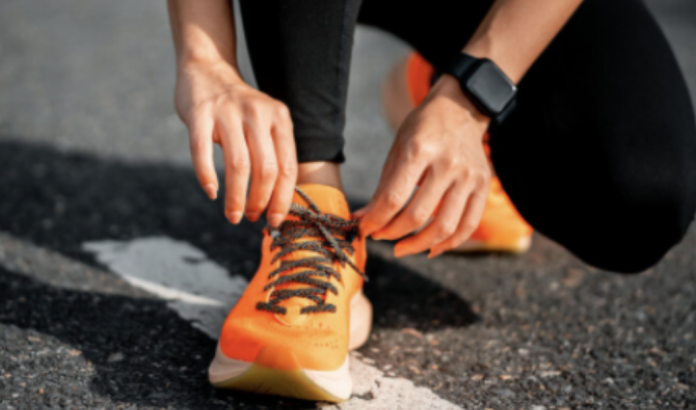Feel like just going for a run? But also have doubts and too many
excuses ready to actually do it? We dispel the doubts.
Too warm, too cold, too old, too unfit, too badly equipped, and then
the knee… The good intention to go running more often often falls by
the wayside due to false beliefs. This not only deprives you of
pleasant moments but possibly also of many beautiful years of life.
Because running is a fountain of youth. It keeps your muscles strong,
your body lean, your heart strong, your mind stable and your spirit
vital. We dispel the most common preconceptions.

Getty
Myth 1: Running is bad for your knees
This myth has been in the minds of (non-)runners since the beginning
of the running boom. However, we now know that running actually
strengthens the knees. Joints need to be subjected to a certain
amount of pressure so that the cartilage is supplied with nutrients.
Movement is life, and we need to give our bodies this movement.
Today’s mostly sedentary lifestyle is therefore more dangerous for
joints than running. But: too much running in the long term clearly
does not contribute to joint health.
Myth 2: The most important thing is good running shoes
The first tip that beginners usually get is that you should get good
running shoes. The wrong ones will damage your joints. This may be
true and important for runners, but for beginners, the ‘right running
shoes’ are not (yet) necessary – at least this should not be an excuse
not to go running. If you always take a day off between running
sessions, the strain on your musculoskeletal system is very low.
What’s more, you strengthen the right muscles that you need for
running. Comfortable sports shoes are absolutely sufficient for
beginners, even if they are not ‘the right ones’.

Getty
Myth 3: The further, the better
Many people consider it a success if they can run for half an hour,
then a whole hour or longer. However, when starting out, duration and
length should not be the primary goal. It is better to concentrate on
interval training. This involves alternating phases of exertion and
recovery. For example, run at your own pace for 5 minutes, then
recover by walking and then run again. Over time, the exertion
phases become longer and the recovery phases shorter.
Myth 4: Running is only for young people
Not at all! Provided there are no health restrictions, anyone of any age
can run. More and more older people are now being drawn to the
outdoors. And for good reason: an active body ages more slowly and
the quality of life increases in all situations. Nevertheless, older
runners need to consider a few things to ensure that they remain
long-distance runners even in old age.
Myth 5: You shouldn’t run on cold days
Too cold, too dark… It seems that nobody should go outside when
it’s cold. But that’s exactly what you should do because it
strengthens the immune system. It may not be wise to run too
intensively or stand around in the cold covered in sweat, but running
itself reduces the risk of catching a cold.




